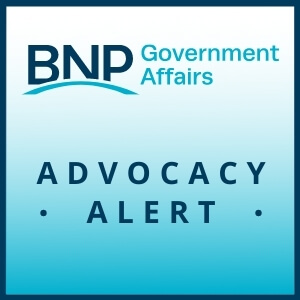COVID-19 Bulletin: Tax Credits Available for COVID-Related Costs
Small businesses can now apply for a new tax credit to help offset COVID-19 costs. The $250 million COVID-19 Capital Costs Tax Credit Program will cover up to 50% of eligible expenses, for a maximum benefit of $25,000.
Eligible expenses must have been incurred between January 1, 2021, and December 31, 2022, and include:
- Supplies for disinfecting or otherwise stopping transmission
- Replacing lost perishable goods
- Sneeze guards
- Sanitizer
- Air purifiers
- Signage
- Barriers for social distancing
- Contactless pay equipment and software
- Outdoor space expansion
- Remote work capability
Eligible small businesses have under 100 employees and gross receipts less than $2.5 million.
Due to the limited appropriation for this program, businesses are encouraged to apply as soon as possible here.
Related Posts
With Canada lifting most travel restrictions, border communities breathe sigh of relief
BUFFALO, N.Y. (The Buffalo News) —Dottie Gallagher, president of the Buffalo Niagara Partnership, said fears of random testing and possible quarantines in Ontario all worked to discourage significant aspects of the region’s integrated economy. She called the move “quite frankly, long overdue,” especially for those travelers discouraged to even try navigating requirements like ArriveCan.
9.26.22 Advocacy Alert: Canada to Remove All Border Restrictions
The Public Health Agency of Canada announced it will lift all COVID-related restrictions on international travelers beginning this Saturday, October 1.
5.17.22 Member Bulletin: Supporting East Buffalo
BNP has stepped in to assist the City of Buffalo in their efforts to organize the generous support offered by the business community. Updated 5.20.22 With the establishment of the two funds described below, interested donors are encouraged to contact the appropriate fund directly to provide support.
3.21.22 COVID Bulletin: State Reverses Course on HERO Act
Without fanfare, the New York State Department of Labor updated its website to announce the relaxation of some NY HERO Act provisions. Employers can now forego enforcing their workplace safety plans.




